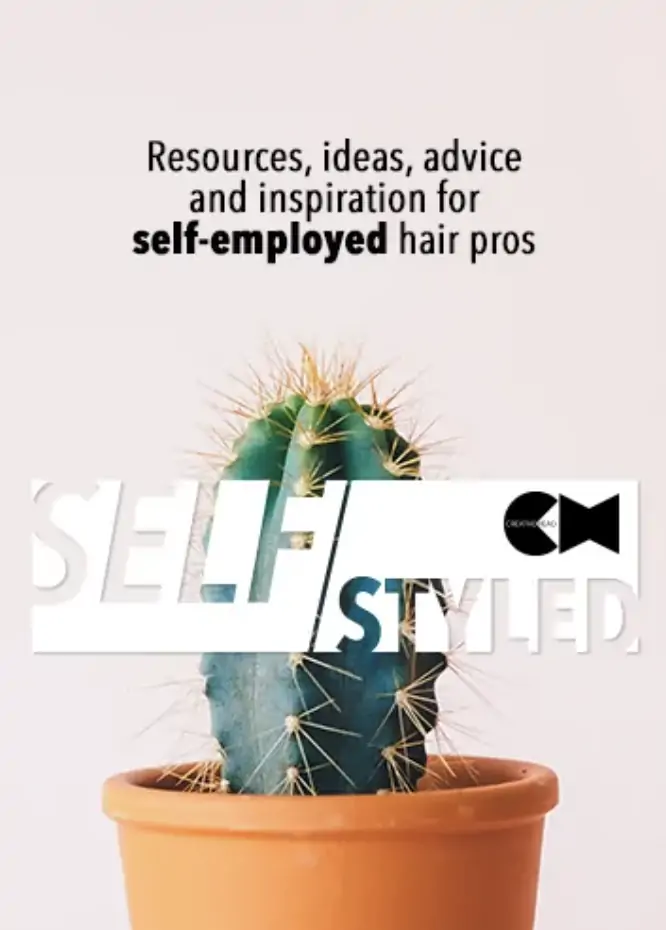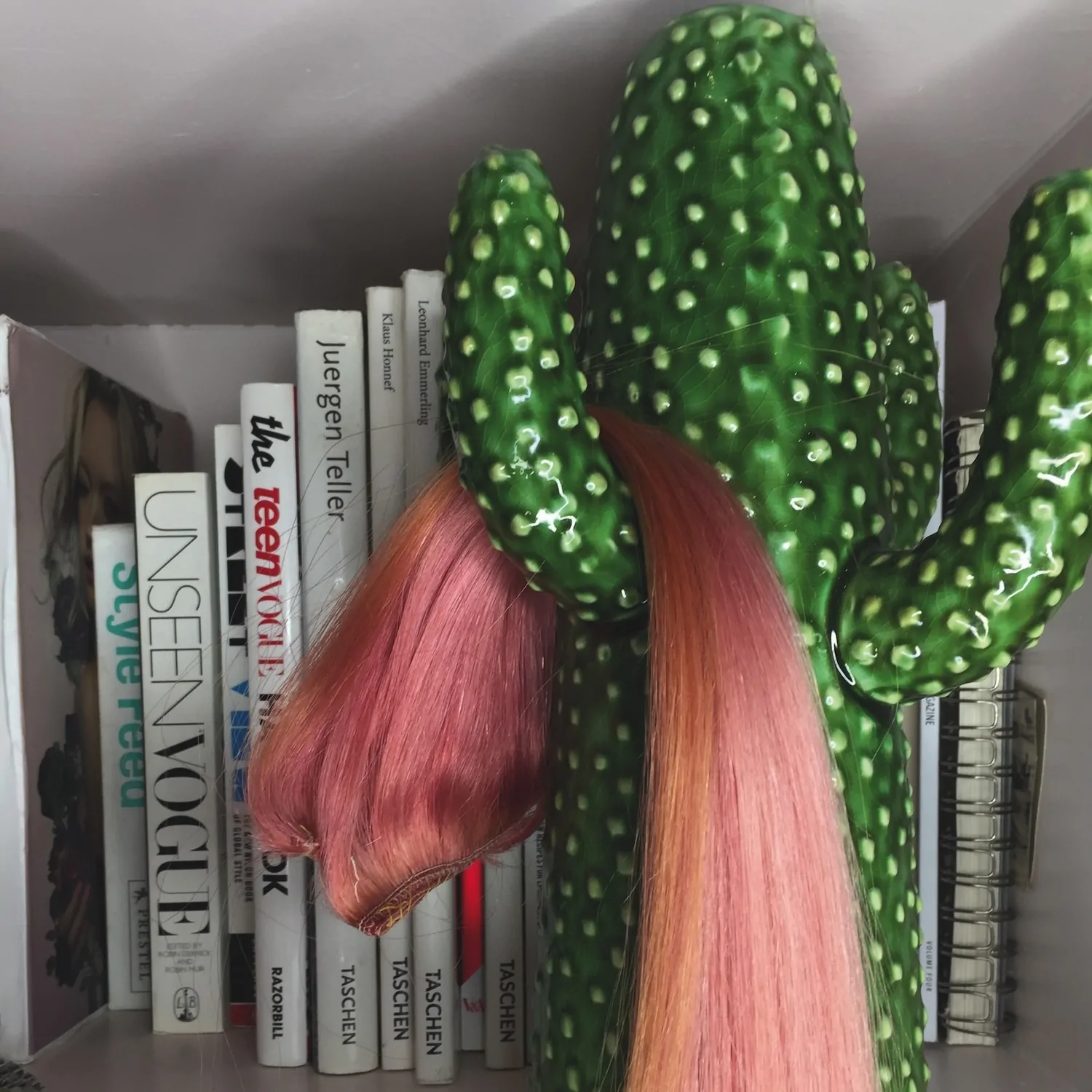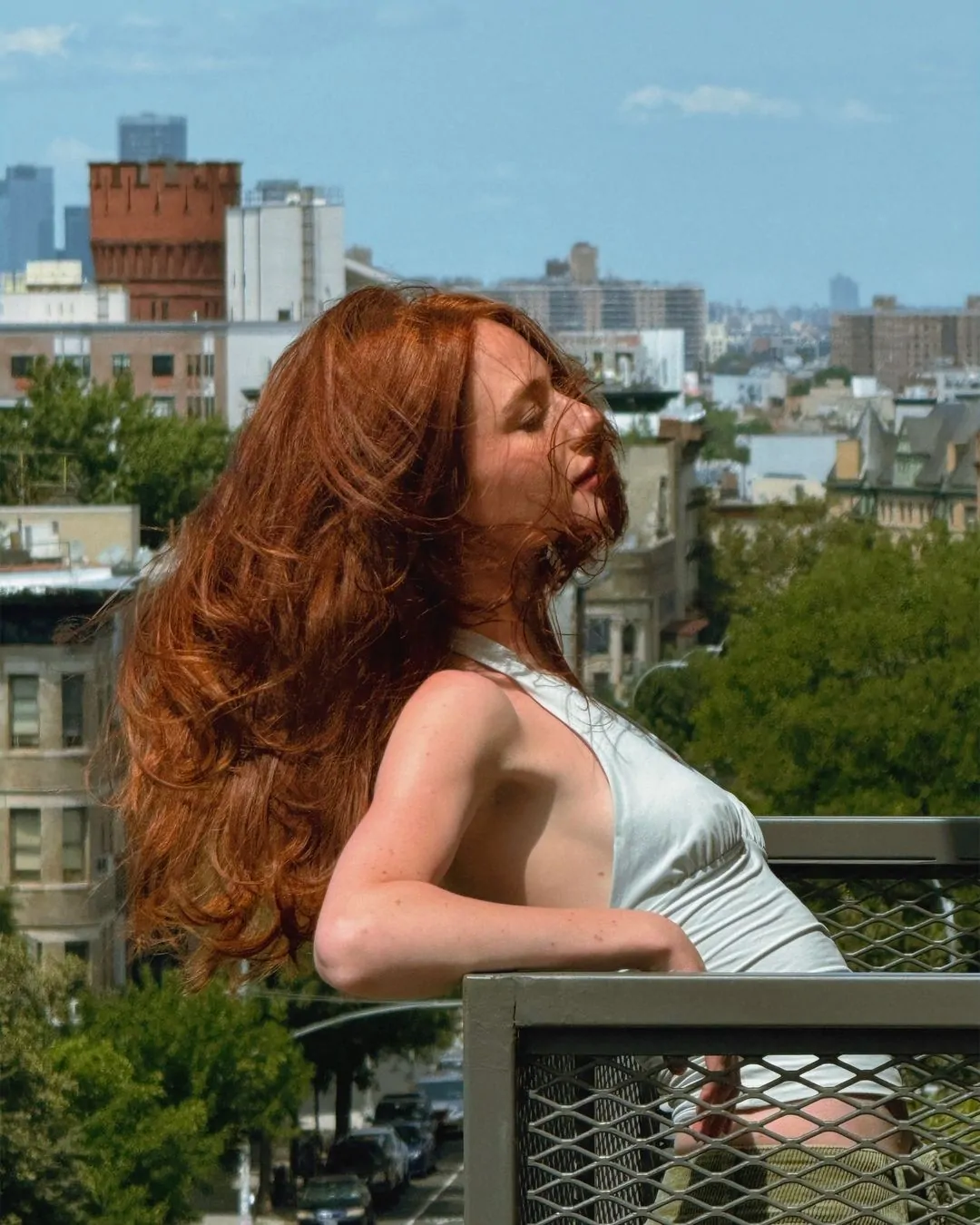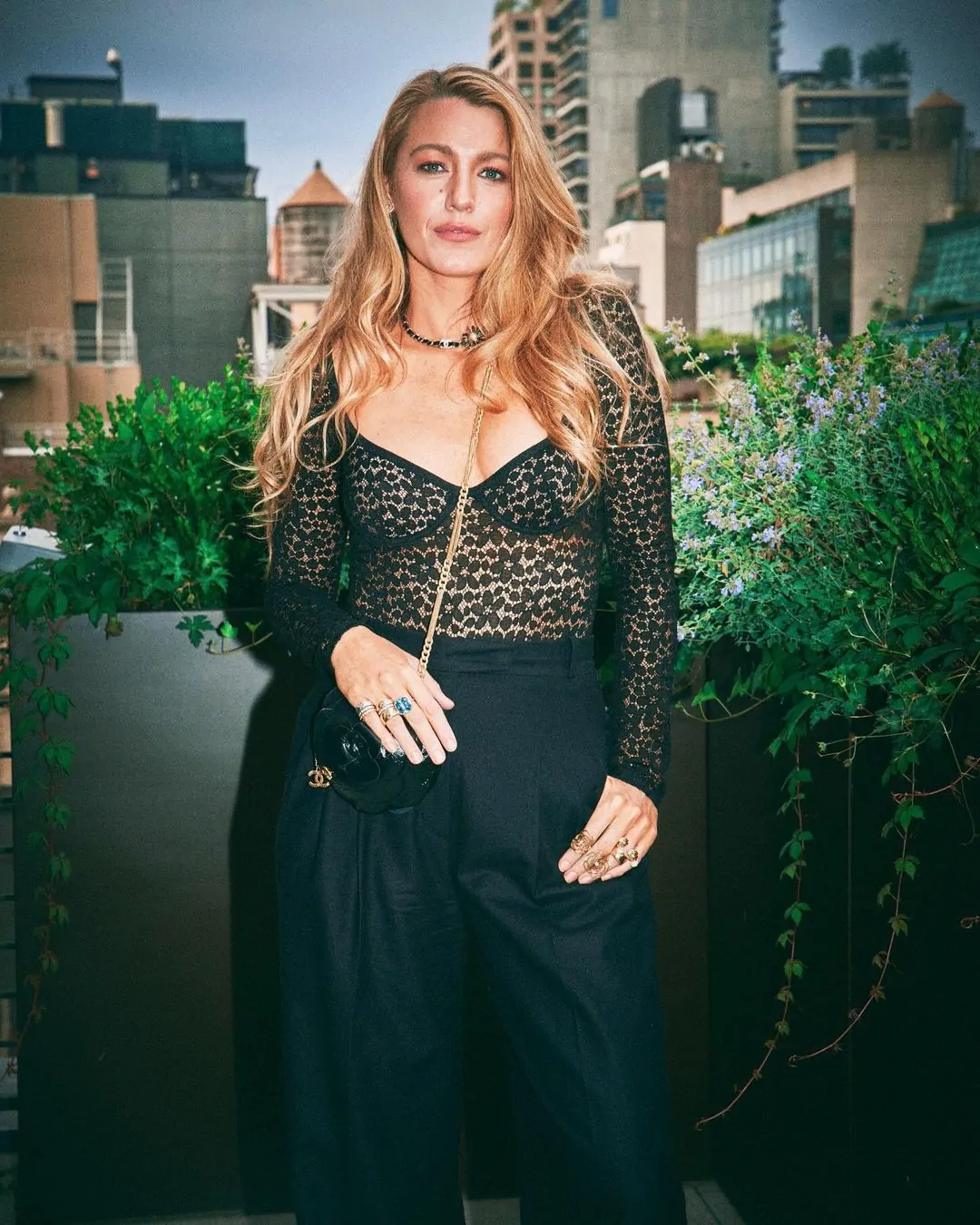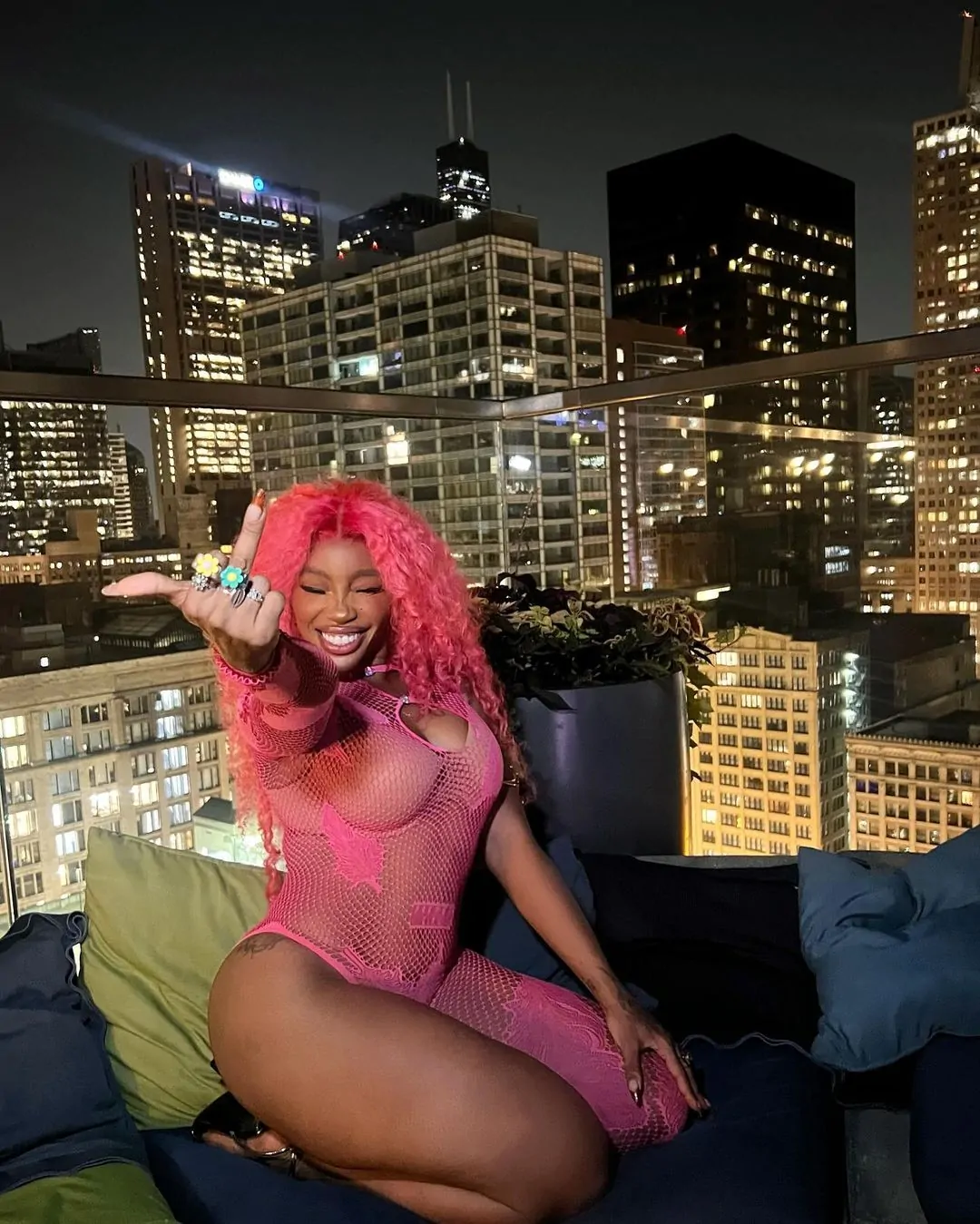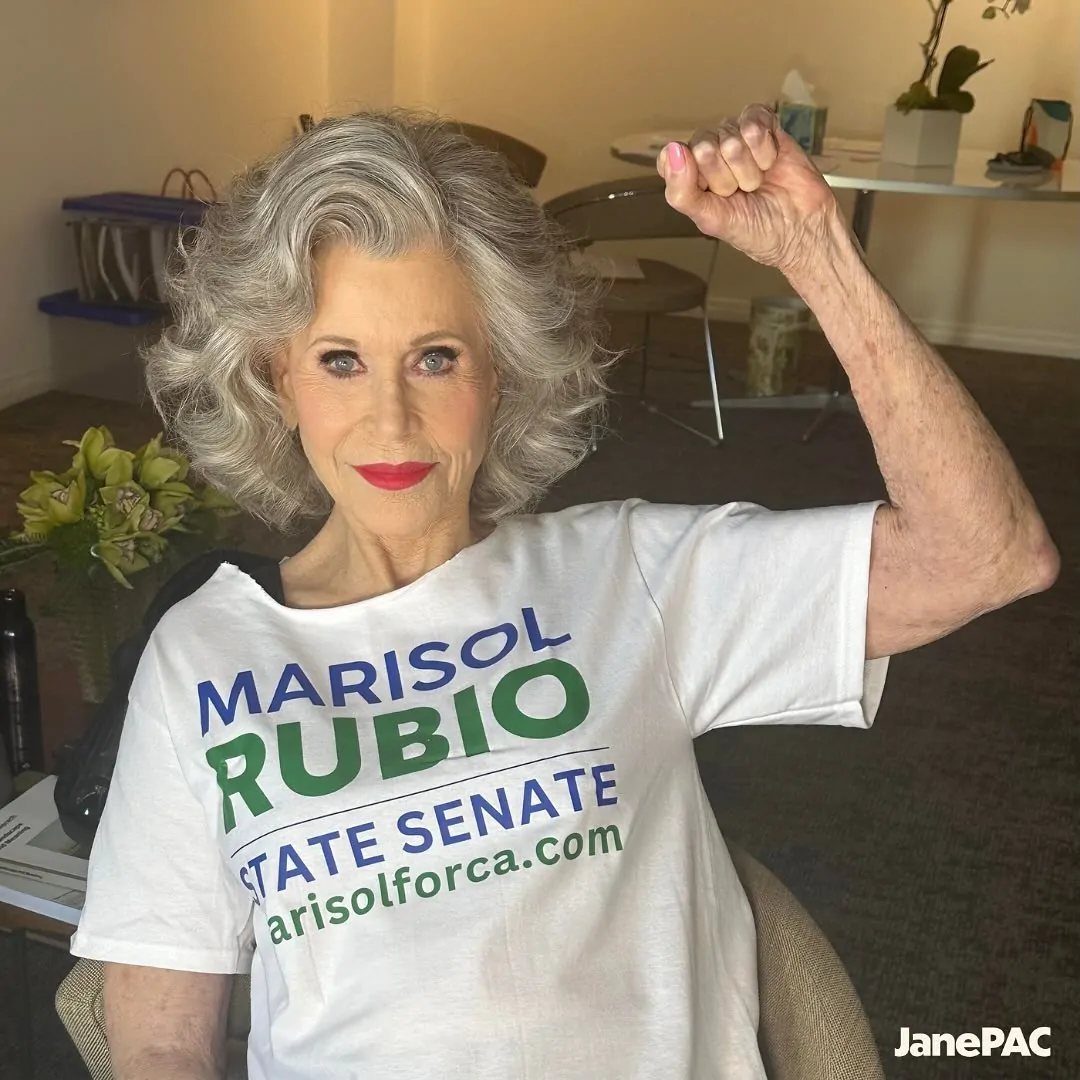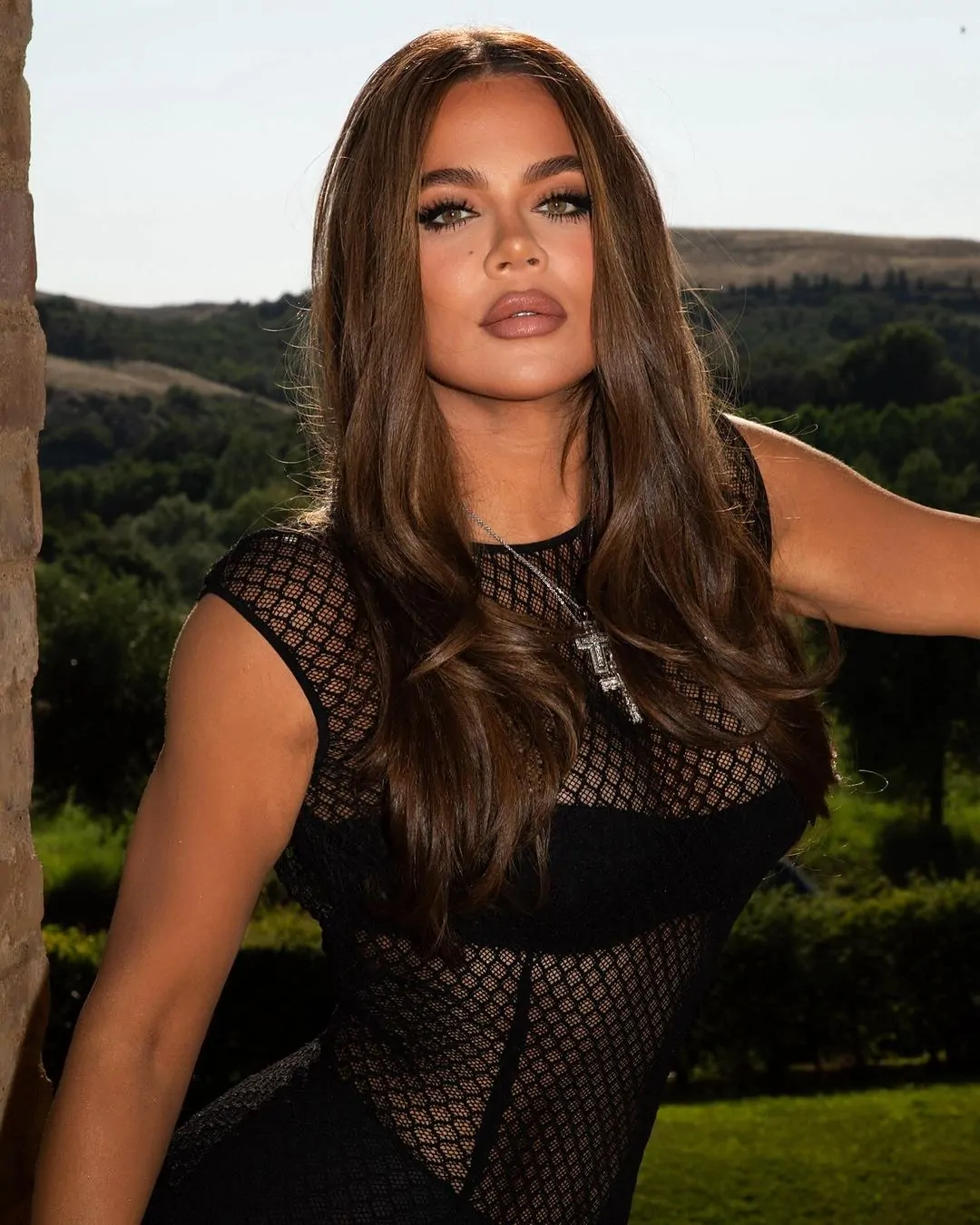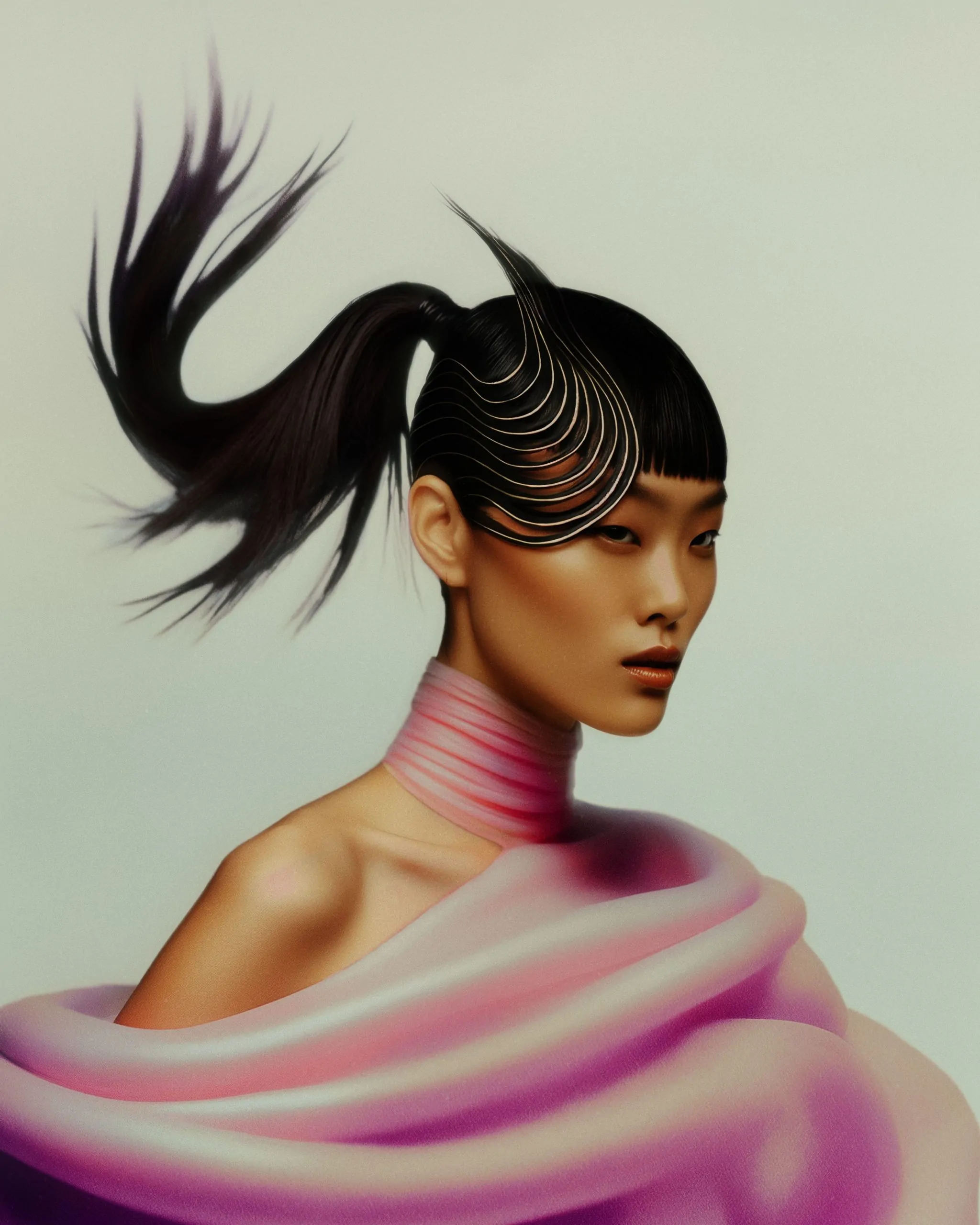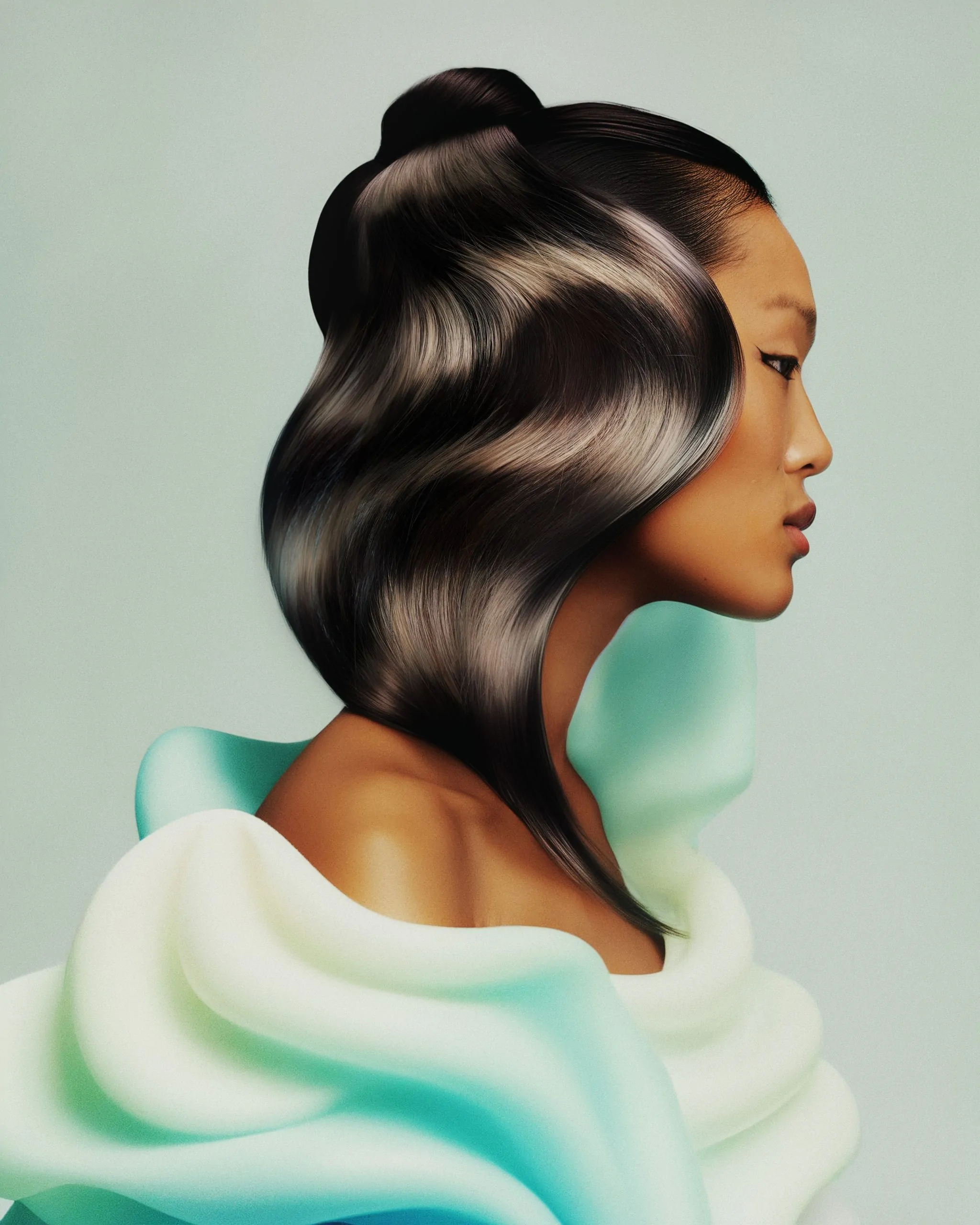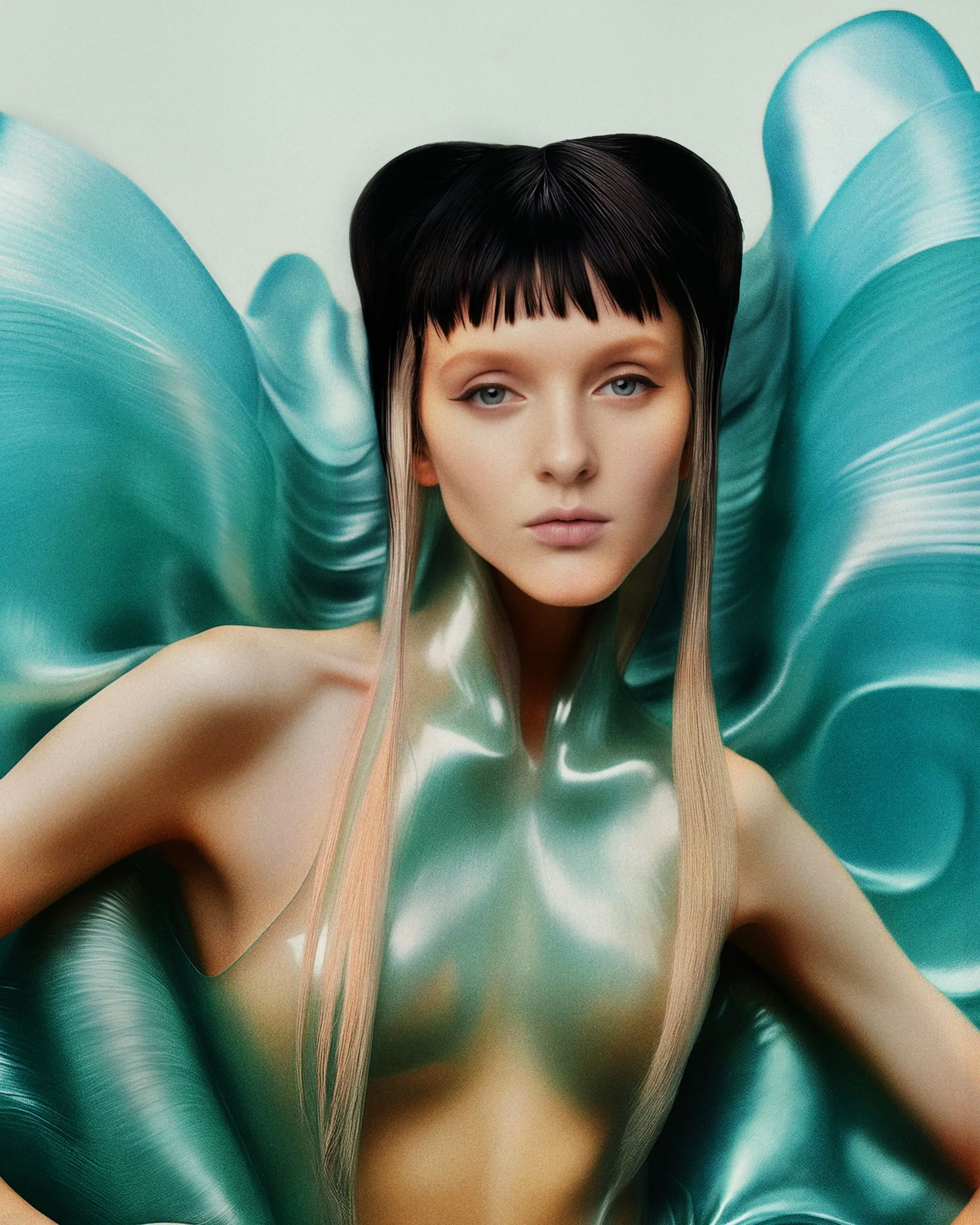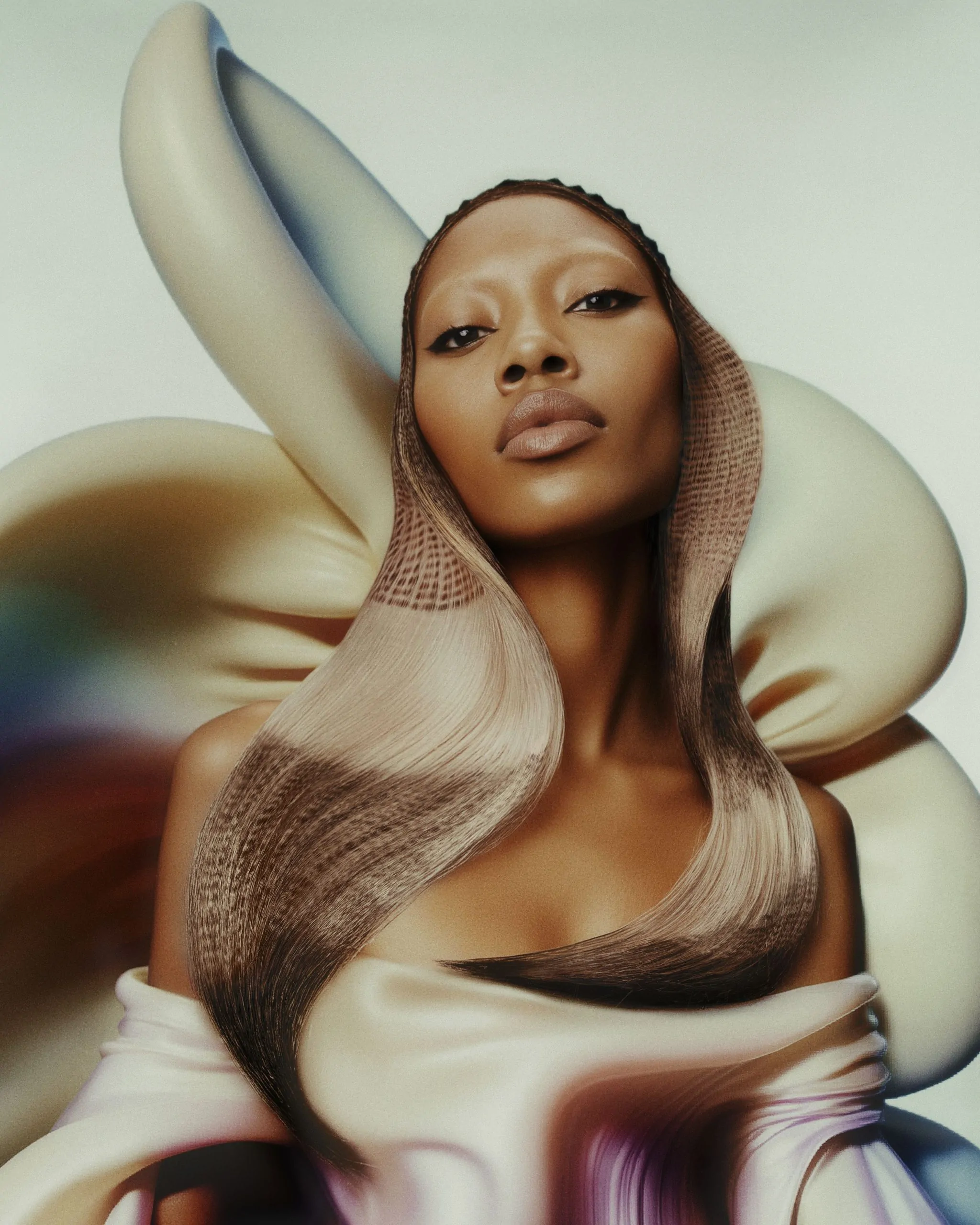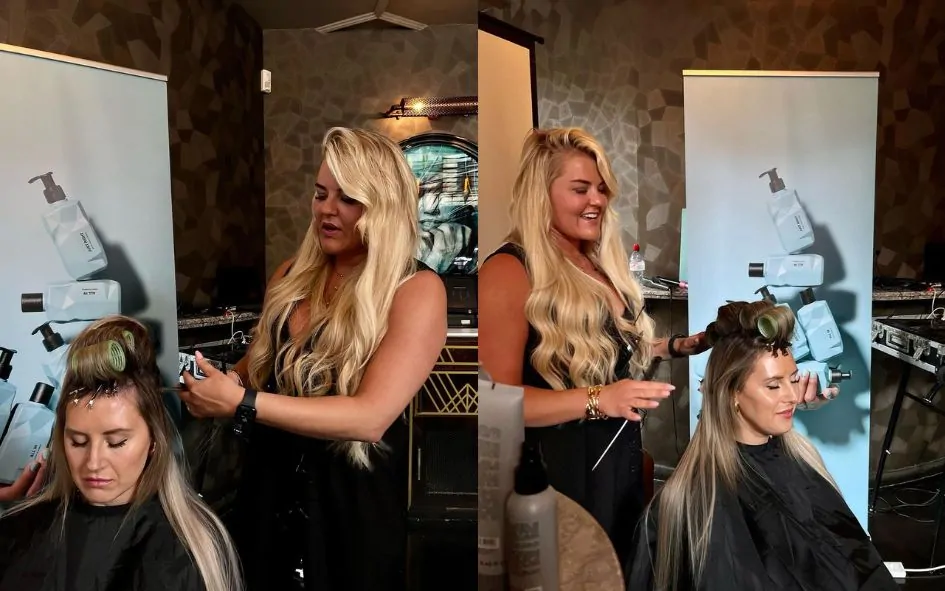
From Freelancer to Founder: How Katy Grimshaw Built Spectrum One
From Freelancer to Founder: How Katy Grimshaw Built Spectrum One
As a freelance hairstylist, Katy Grimshaw saw a gap in the market and turned her frustration into a thriving brand with Spectrum One.
by CAITLYN | FREELANCE, BUSINESS

As a freelancer, Katy Grimshaw quickly realised that relying on inconsistent hair extension products was a major obstacle in her career. “The quality of other hair extension brands wasn’t great and super inconsistent. As a freelancer, I felt the effect of instantaneously having to be solely responsible for fixing things when they weren’t perfect,” she explains. This frustration sparked her journey from stylist to entrepreneur, eventually leading her to create Spectrum One, a brand that solved her professional struggles and has become a trusted name for hairdressers across the industry.
For Katy, the leap from freelancing to building her brand was fuelled by a need to provide reliable, high-quality extensions that she and others in the industry could count on. As she launched her salon, she knew she needed more control over the products she used. “I wanted to have my own hair extensions brand to coincide with launching my salon. I had the dream of leading the brand as a hairdresser myself,” Katy adds. This vision marked the beginning of Spectrum One, created out of necessity but driven by Katy’s ambition to make an impact in the hair extension market.
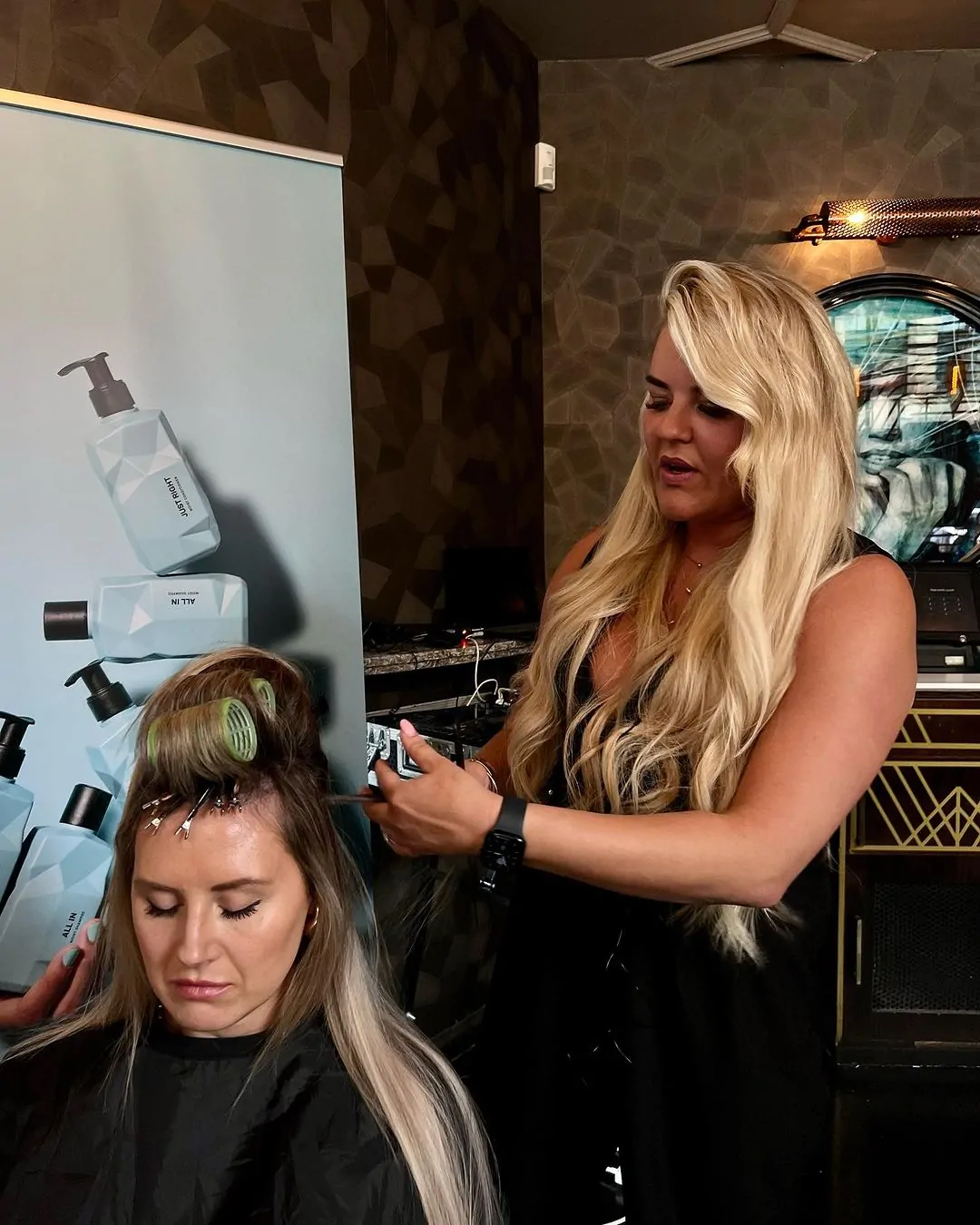
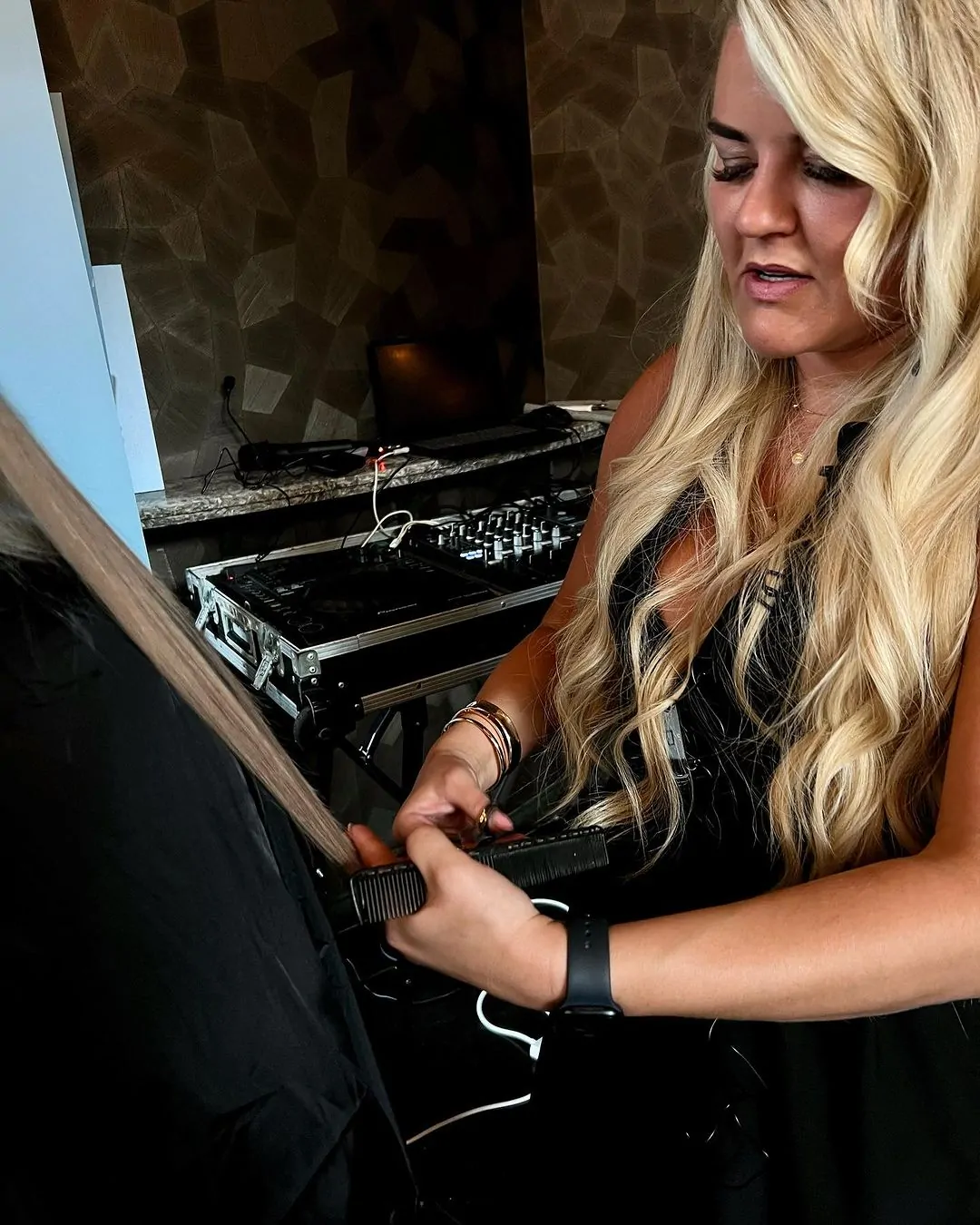
While Katy’s knowledge as a stylist shaped the development of Spectrum One, the journey wasn’t without its hurdles. “Finding a supplier was by far the biggest challenge. I thought the first supplier I found was the best ever, but I’ve still got around £60,000 worth of stock stashed downstairs in the salon thanks to them,” she exclaims. Despite these setbacks, Katy saw each obstacle as an opportunity to refine her business practices. “We tightened everything up, especially supplier communication.” Her perseverance and attention to detail ensured that Spectrum One could deliver the consistent quality she had originally set out to achieve.

As Spectrum One grew, so did the demands of running both a brand and a salon. Katy learned that having the right team in place was critical to balancing these two worlds. “Alone I really can’t balance it, making it work completely relies on the support of my team,” Katy comments. Her team became integral to ensuring the success of both sides of the business.
“I can’t have just a brand or just a salon – one doesn’t make sense without the other.” The synergy between her salon and brand allowed Katy to continually test and improve her products, keeping her at the forefront of innovation in the hair extensions industry.
Katy’s journey offers valuable lessons for other stylists, freelancers, or salon owners looking to create their brand. She encourages others to embrace the challenges that come with entrepreneurship. “It’s not something that’s very easily done, so it needs careful consideration. There’s a time investment to consider as it takes years of testing before you can even go to market.”
“A mistake I made was underestimating how many hats I’d have to wear. I’m not just a hairdresser with a hair extensions brand, I have to understand sales, marketing, distribution, SEO, e-commerce retailing, websites, social media, and the list goes on.”
Katy Grimshaw’s journey from a frustrated freelancer to the founder of a leading hair extension brand shows that innovation often comes from personal challenges. By turning her frustrations into opportunities, she was able to create Spectrum One, a brand built on quality and trust. Her words to aspiring brand creators: “It takes years of hard work, but the reward of seeing your vision come to life is worth it.”





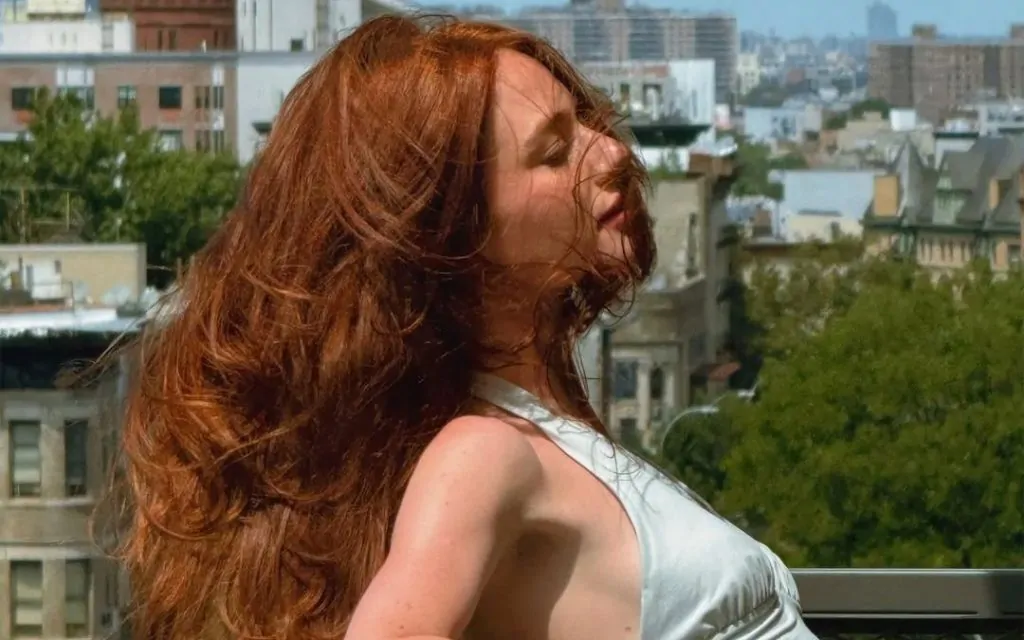
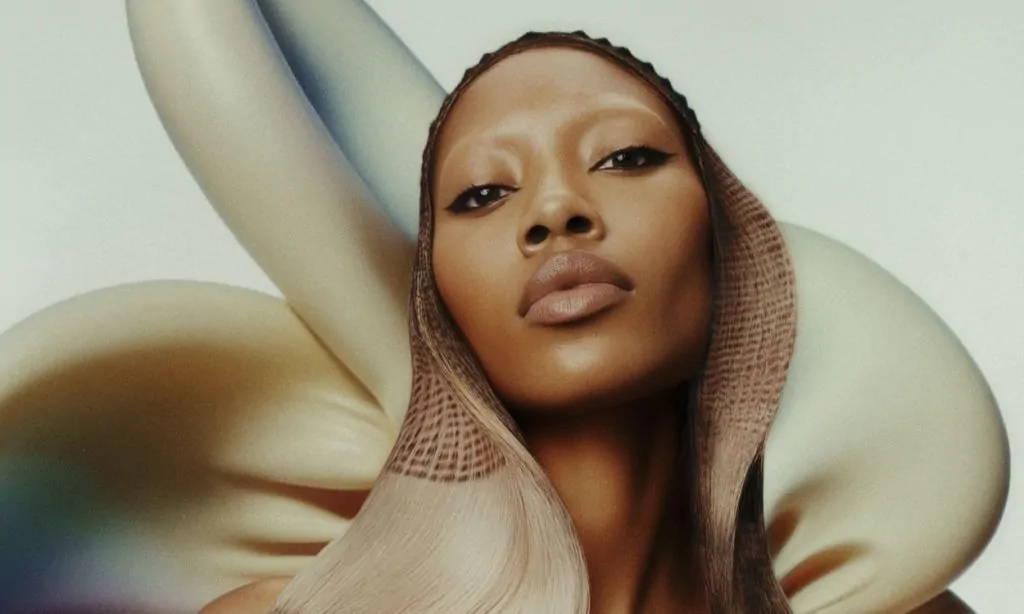


![09_ANNEVECK_561-1[24]](https://creativeheadmag.com/wp-content/webp-express/webp-images/uploads/2024/10/09_ANNEVECK_561-124-scaled.jpg.webp)


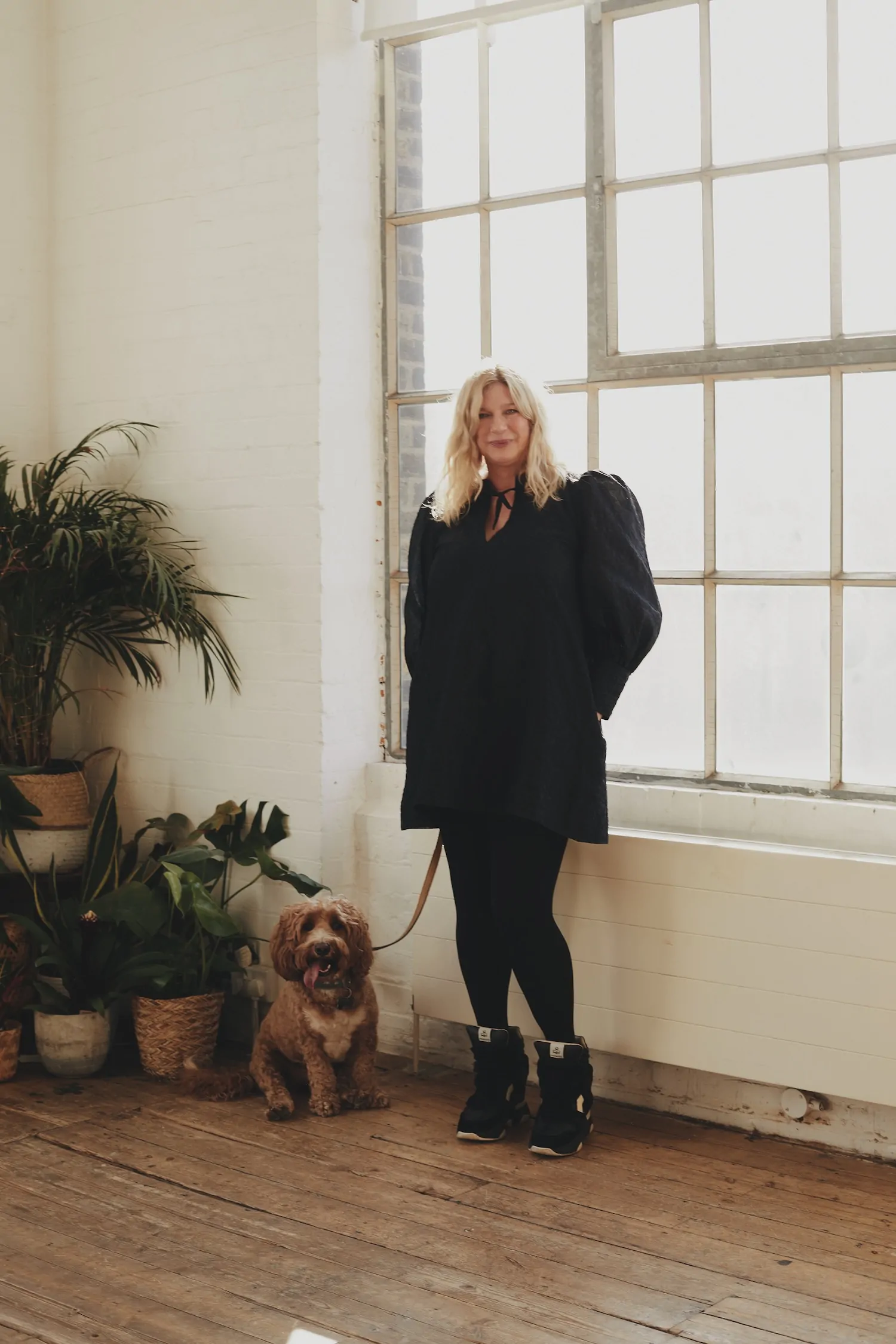 Zoe Irwin
Zoe Irwin



